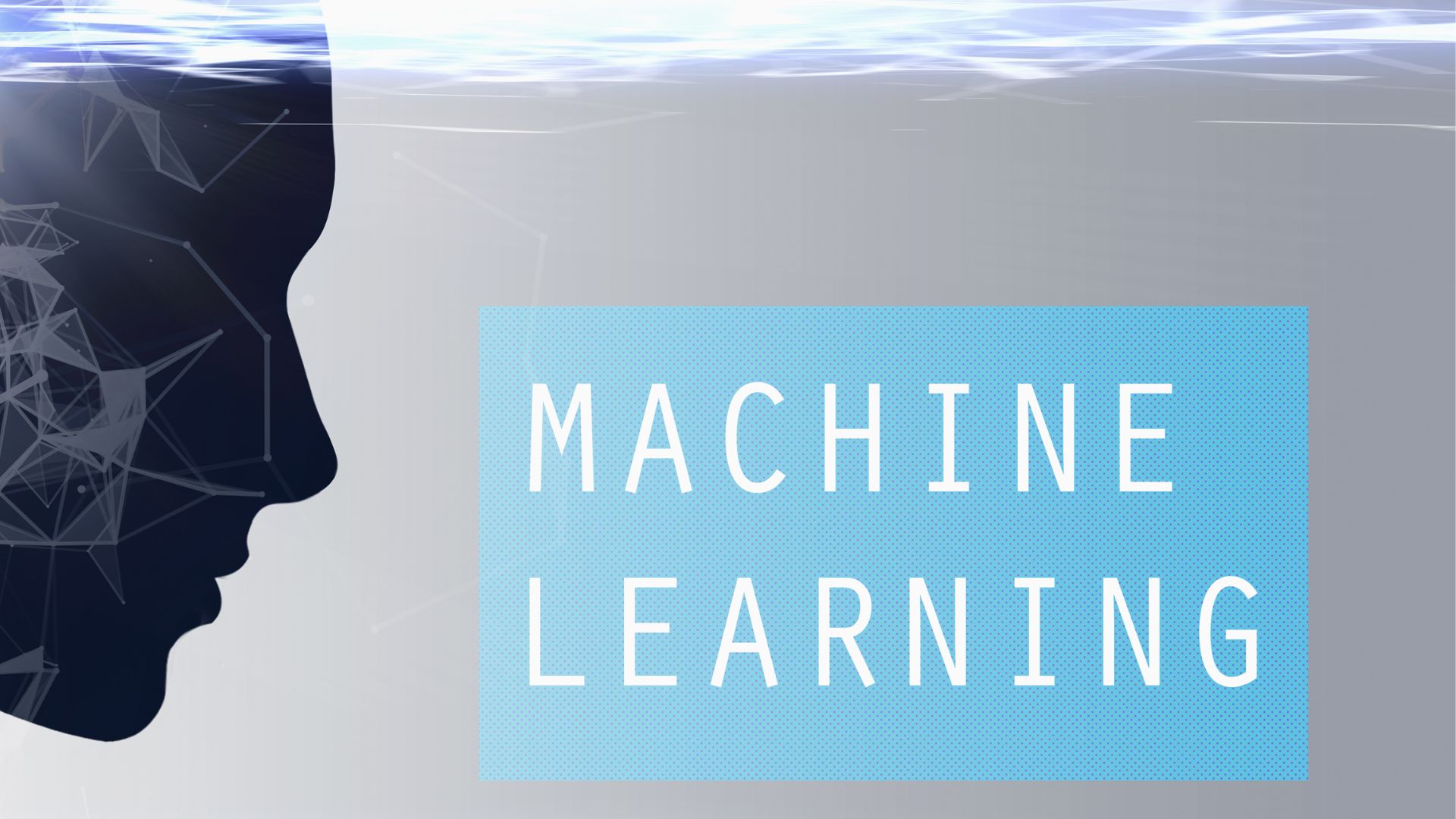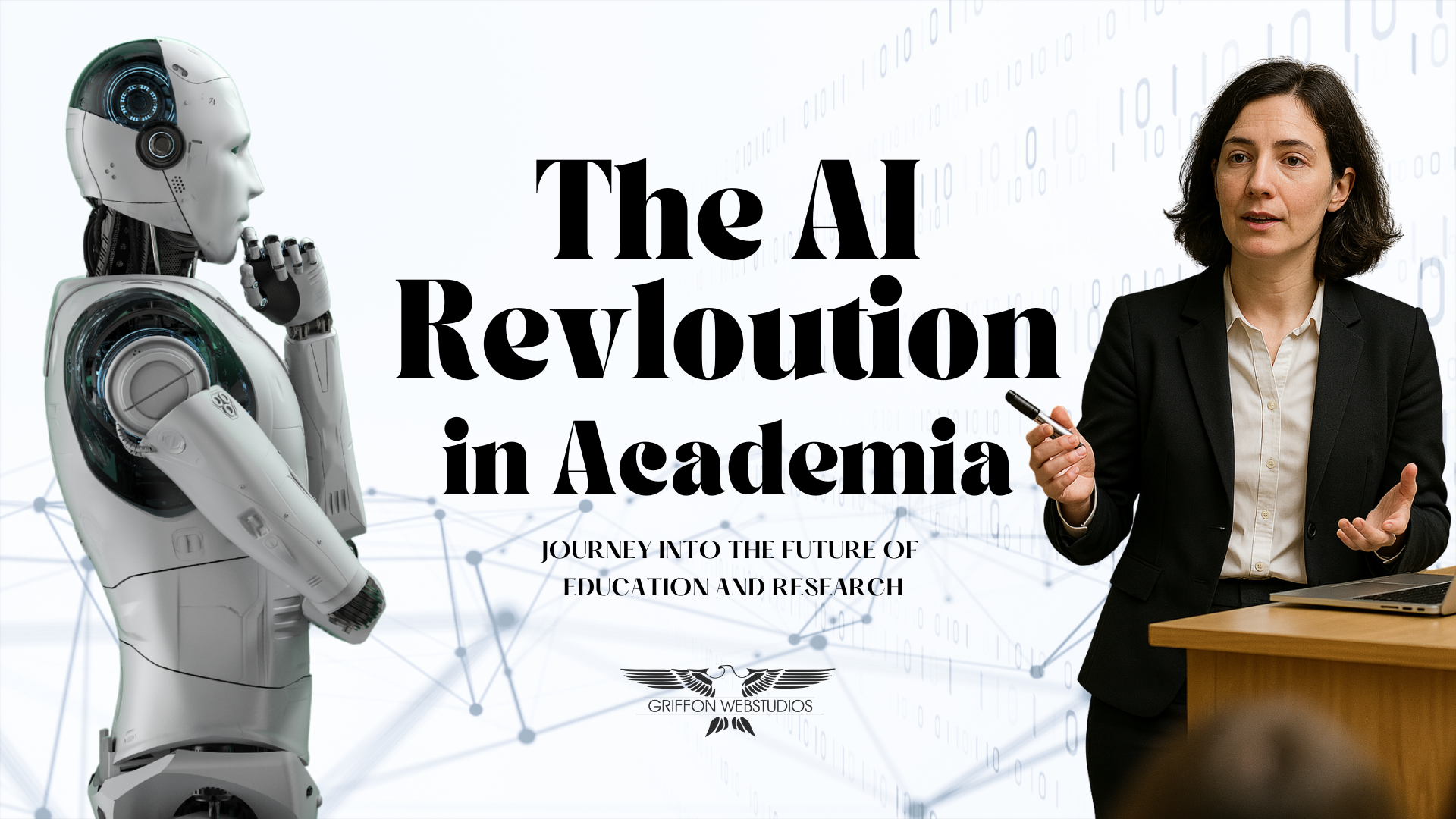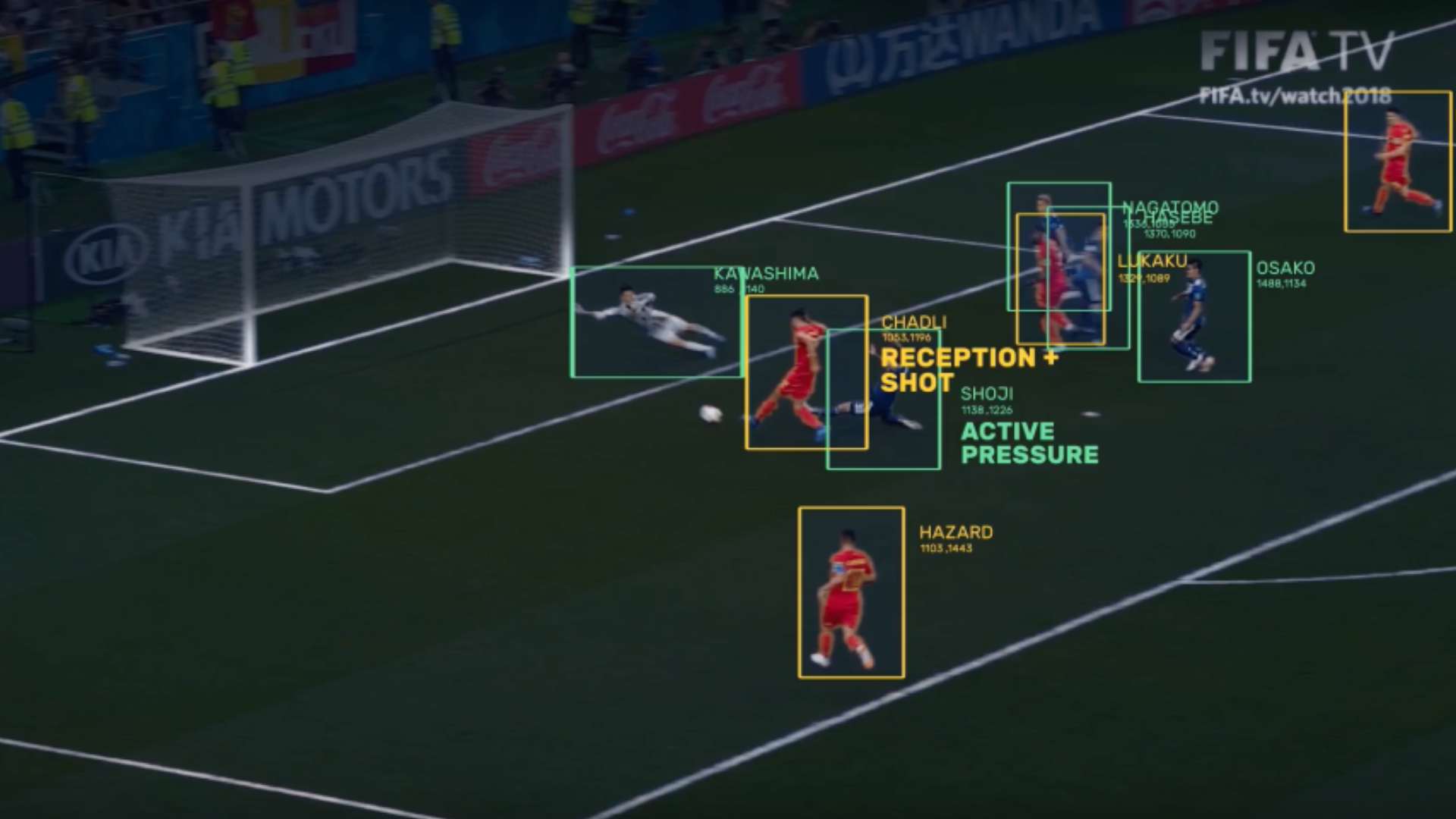At Griffon Webstudios, we pride ourselves on remaining on the cutting-edge line of new technologies. We know the value of staying ahead of the general marketplace to ensure all our clients get the competitive advantages needed for better potential leads and branding.
One of the best ways to ensure you are squeezing every ounce of effort out of your marketing channels is through customer segmentation. For decades, marketers have known placing people in different segments based on their needs is beneficial, but now we can streamline this process for more effective results using machine learning.
We’re going to dip our toes into the world of high-end automation and try to explain how blending these two efforts together can transform your business results.
What is Machine Learning?
Machine Learning, or ML, is a branch of artificial intelligence that focuses on developing algorithms to learn and make predictions or decisions without being explicitly programmed. ML algorithms analyze vast amounts of data to identify patterns, make predictions, and automate tasks. In the context of customer segmentation, ML algorithms enable marketers to extract valuable insights from customer data, leading to more accurate and targeted segmentation.
What is Customer Segmentation?
Customer segmentation is the process of dividing a customer base into distinct groups based on specific characteristics. These characteristics can include demographics, needs, preferences, behavior, and purchasing patterns. By segmenting customers, businesses can better understand their target audience, personalize marketing messages, and allocate resources effectively. Want a fun trip? Go ask Google or Facebook for your customer data, and you will learn what kind of segments you’ve been put into for their ad services.
How Do You Blend the Two?
Step 1: Place Customers in Clusters Based on Needs & Demographics
ML algorithms analyze customer data to identify patterns and similarities. By grouping customers with similar characteristics into clusters, businesses can gain insights into their various needs, preferences, and behaviors. Clusters can be defined based on factors such as age, location, spending budget, or any other relevant attribute. This initial step sets the foundation for effective segmentation.
Step 2: Target Clusters with Campaigns Based on Data-Driven Results
Once customers are placed in clusters, businesses can design targeted marketing campaigns tailored to each cluster’s specific characteristics. By leveraging the insights gained from ML algorithms, marketers can create messages, offers, and experiences that resonate with each cluster’s preferences and needs. This data-driven approach increases the chances of campaign success and drives efficiency in marketing efforts.
Step 3: Adjust Marketing Campaigns for Segment Needs
Customer segmentation is not a one-time process. ML algorithms continuously analyze customer data, providing real-time insights into changing preferences and behaviors. Marketers can use this information to refine and adjust their marketing campaigns to better meet the evolving needs of each segment. This iterative approach ensures ongoing efficiency in marketing strategies.
Step 4: Rinse & Repeat for any Marketing Effort
The beauty of ML algorithms in customer segmentation lies in their adaptability and scalability. These algorithms can be applied to various marketing efforts, from product launches to promotional campaigns. By repeating the segmentation process and targeting specific clusters, businesses can consistently drive efficiency and improve their marketing outcomes.
$31,36 billion is the projected global machine learning platforms market size by 2028. (Proficient Market Insights)
Hopefully, that wasn’t too full of tech speak to get the point across. To put it as simply as possible, using ML allows you to better segment your target audience so you can adjust ads, emails, visuals, and promotions to their specific needs.
You wouldn’t want to send a Christmas promotion to users in February, much like you wouldn’t target an email meant for grandparents to consumers just out of college. It is all about finding how to best reach the clients most likely to interact with your brand through the proper marketing channels.
Still confused? No problem! Let’s schedule a time to sit down and discuss how our team at Griffon Webstudios can help revolutionize your marketing efforts through automation tools like ML. You never know when a simple tweak to your systems can lead to massive potential profits.





